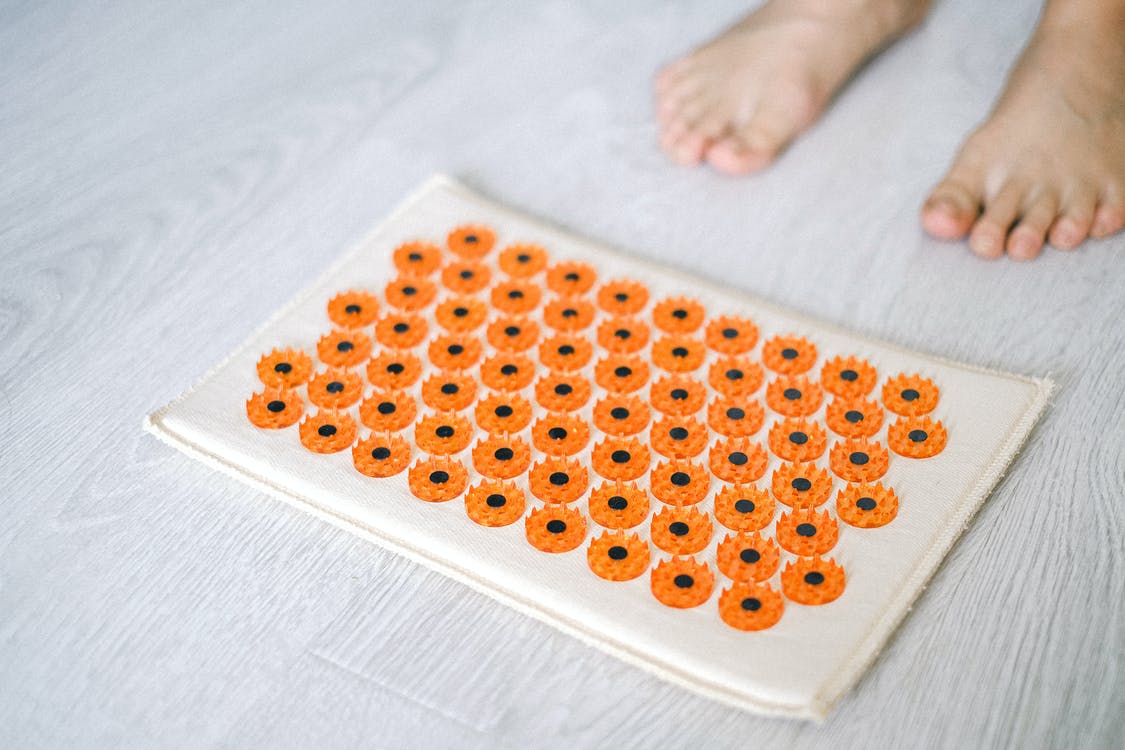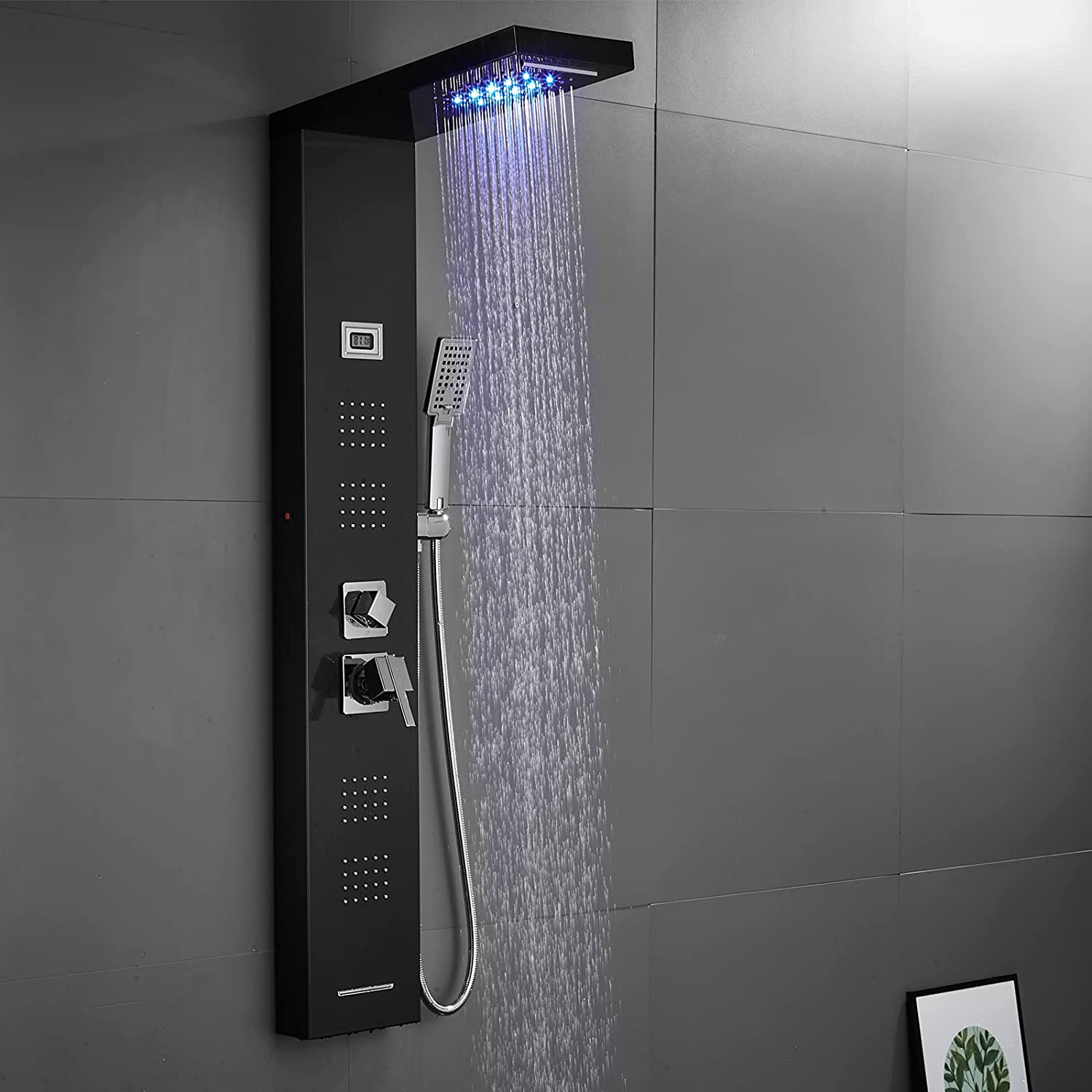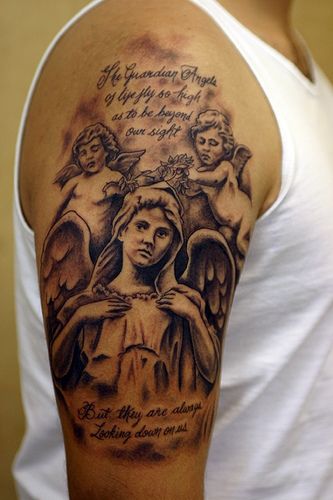How To Write Impressive Business Letters With Relevant Templates?

A business letter is simply a letter that deals with different aspects of a business. It is a medium to share information with clients, debtors, creditors, suppliers and other external parties. From sending a note of apology to your boss to applying for a new job; a well-formatted business letter serves several purposes. It is often the first contact one makes with a potential employer or a client. So yes, it is imperative to get the format, tone, style and message of your letter right. Read out how To Write Impressive Business Letters With Relevant Templates?
Simply put, a business letter has the potential to make or break your business or career. Make sure you write it without leaving any loopholes. There are three different formats of a business letter. Each consists of a specific template and a set of strict rules. Here are some tips for you to write an effective business letter along with relevant templates.
What Are The Standard Formatting Elements Of A Business Letter?
There are different types of business letters that cater to different requirements. The most common ones are order letters, complaint letters, adjustment letters, inquiry letters, and sales letters. All types of business letters consist of the following formatting elements.
- Letterhead
Most companies consist of a specific letterhead that is unique to their organisations. You need to adjust the margins to make sure words aren’t printed on the letterhead area.
- Name and address
This is the name and address of the company the letter should go to. Call up the company to know these details if you don’t have them already.
- Date
This includes the date you wrote the letter on. Say, you wrote it on the 15th of January. So, the date would be 15 January 2017.
- Reference
This gives a summary or description of what the letter is about. If it’s about your tax invoice, write ‘tax invoice’ in this section.
- Salutation
Do you know the recipient you are sending the letter to? If the answer is no, use a more formal tone to address him/her like Dr Henry Williams.
- Subject matter/Body
This is where you need to convey the main message of your business letter. Make sure the purpose of your letter is evident in the first paragraph.
- Closing
Close the letter with words like ‘sincerely’, ‘thank you’, etc.
- Signature
The real sender of the letter should sign after the closing statement.
- Typist initials
Say a person ‘A’ has to send a business letter to a company. But, ‘A’ asked person ‘B’ to type the letter. In that case, the typist’s initials include the initials of ‘B.’
- Enclosures
List anything else here that you want to include in the letter. It could be a brochure or even some assignment samples.
All three styles of business letters consist of these elements. What goes in each place may vary depending on the style you choose for your letter. Let’s check out the templates for the three main styles of business letters and how to write them.
1. Full Block
The template for a Full Block form of a business letter is:
Your Name
Address
Phone Number
E-mail (Optional)
Date
Reference
(Drop down four lines)
Name of Receiver
Company Name
Address
(1 space)
Dear ——————:
(1 space)
1st paragraph
(1 space)
2nd paragraph
(1 space)
3rd paragraph
(1 space)
Sincerely,
(Space down four lines)
Signature
Your Name
Your Title
[Initials]
Enclosures:
Some rules to keep in mind while using the ‘Block Form.’
- You don’t have to indent the first sentences of the paragraphs.
- Align every component of the letter to the left.
- Follow the order, as mentioned in the template above.
- In the case of new paragraphs, skip a line instead of indenting.
Full block style business letters have a formal appearance. You can use it for formal as well as informal business situations. The best thing about a full block format is that it works well in different circumstances. The template for a full block style is very easy to type since there are no indents to worry about.

2. Indented Paragraphs Form
The template for an indented paragraph form of a business letter is:
Your Name
Your Address
Phone Number
E-mail (Optional)
(1 space)
Date
(Drop down four lines)
Name of Receiver
Reference
Company Name
Address
(Drop down two lines)
Dear ————-;
(1 space)
1st paragraph
(1 space)
2nd paragraph
(1 space)
3rd paragraph
(1 space)
Sincerely,
(Drop down four lines)
Signature
Your Name
Your title
Initials
Enclosures:
Some rules to follow while using Indented Paragraphs style:
- Indent your name, address, phone number, the date, your signature, initials and enclosure on the right side or centre of the letter.
- Include the name, address of the recipient and the main message on the left of the letter.
- Pay special attention to the font in the letters (Ariel or Times New Roman recommended).
- Leave spaces, as mentioned in the template above.
The indented style is the oldest form of business letters. You need to leave at least four spaces from the left margin for every first word of the paragraphs in your letter. The font is highly important in these types of business letters. Choosing the wrong font can make it way difficult to read. The worst-case scenario is that your letter may end up in a bin or the junk folder.

3. Semi-Block Form
The template for a Semi-Block form of a business letter is:
Today’s date
(Drop down four lines)
Company name
Company Address
(1-line space)
Dear ———–:
(1-line space)
1st paragraph
(1 space)
2nd paragraph
(1 space)
3rd paragraph
(1 space)
Sincerely,
(Space down four lines)
Signature
Your Name
Your Title
[Initials]
Enclosures:
Some rules to follow while using the Semi-Block form:
- Line up all the paragraphs at the left margin.
- Set the margins up to 1-1.5″ in the page.
- Indent the beginning of each paragraph by five spaces.
- Separate the paragraphs by double or triple spacing.

Unlike other styles, the semi-block form involves an indentation of the first line of each paragraph. This one is a little less formal than the block format. It is easy to read and quicker to type. You can use this format in situations where an informal appearance is required in the letter.
Wrapping Up,
Business letters are not just about proposals and memorandums. It’s about human emotions and relationships too. Think beyond the black and white of business assignment writing, and you will find how exciting and varied this form of writing is. Business letters are usually produced at a business and go to a customer or another company. These letters should follow a certain format. Have a look at the templates before you start writing your letter. The right format leaves a good impression on your readers.

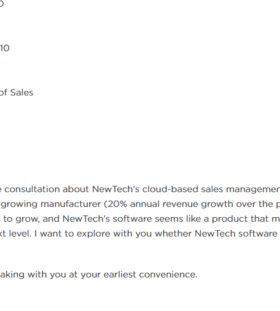
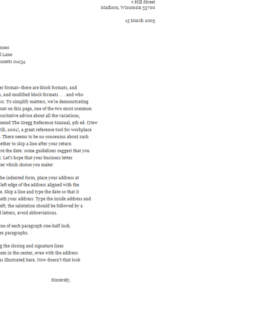
 Tagged:
what is formal letter, what is informal letter
Tagged:
what is formal letter, what is informal letter





